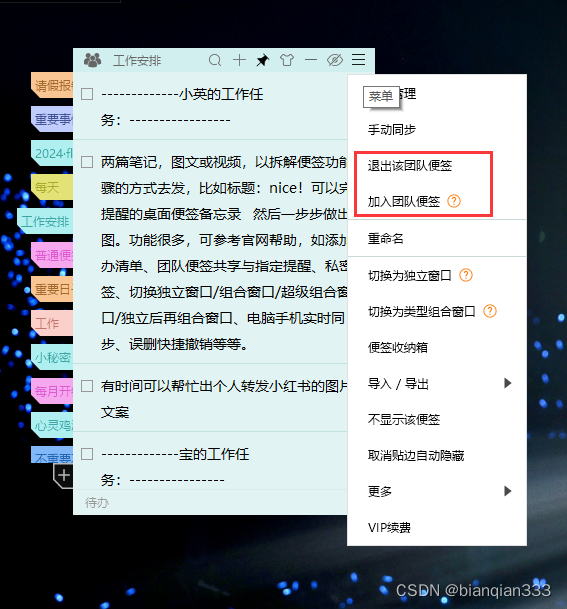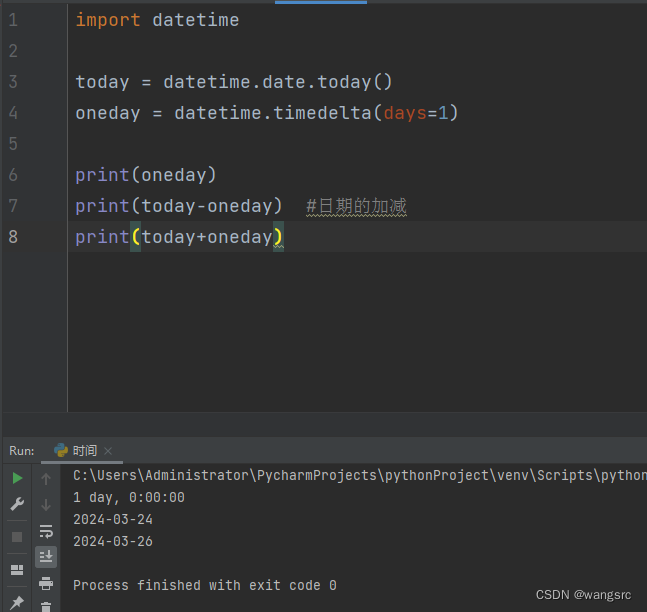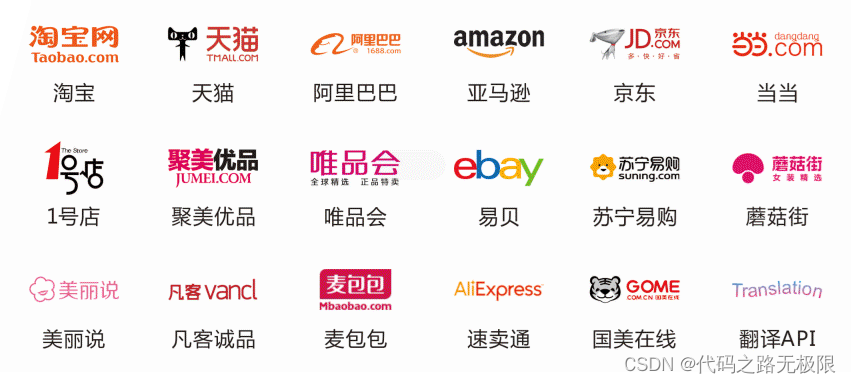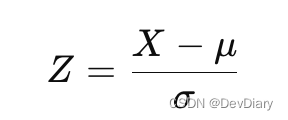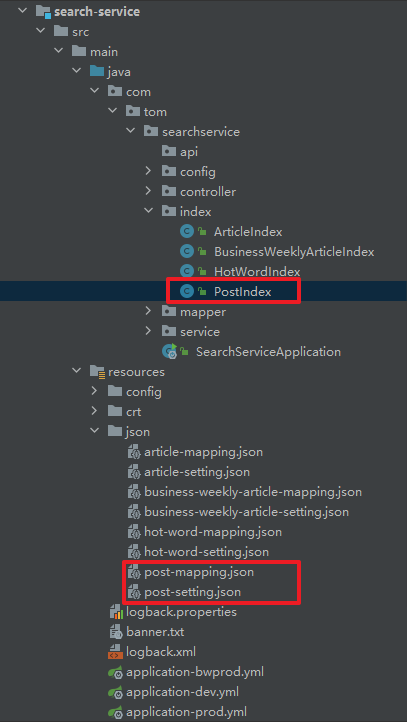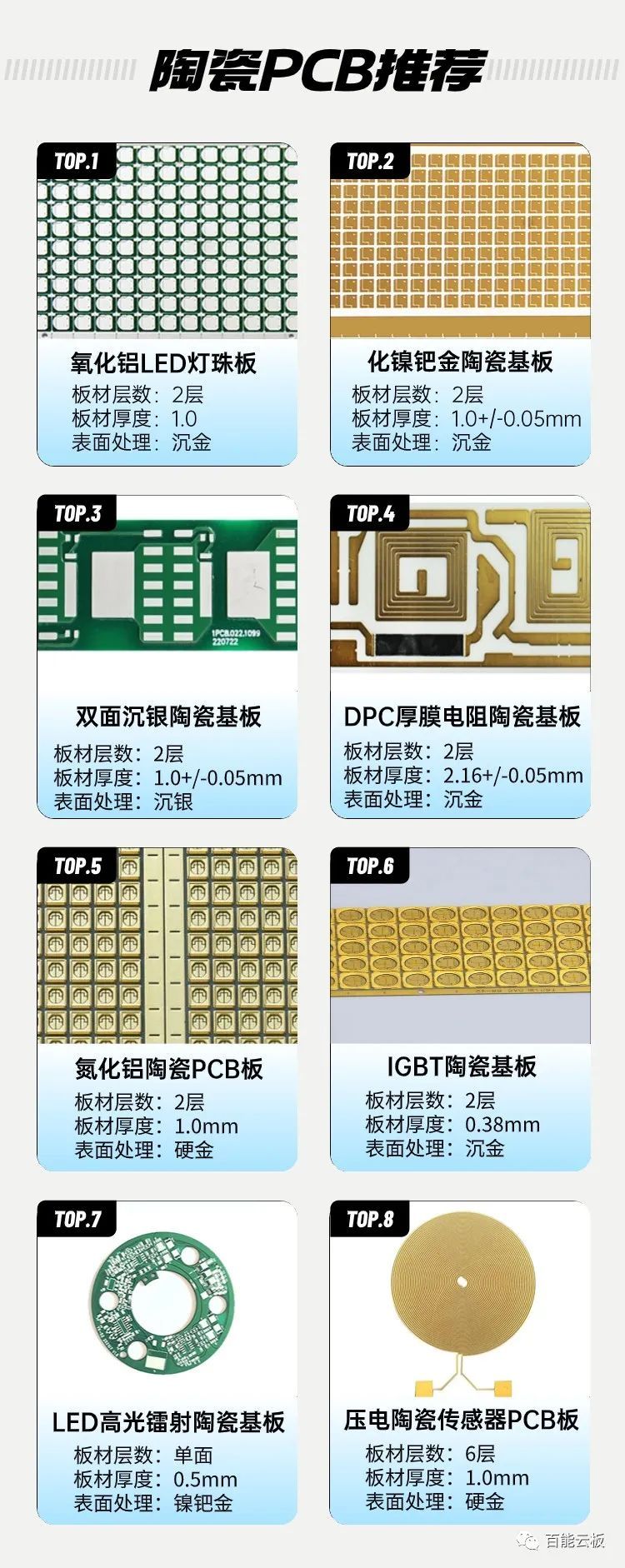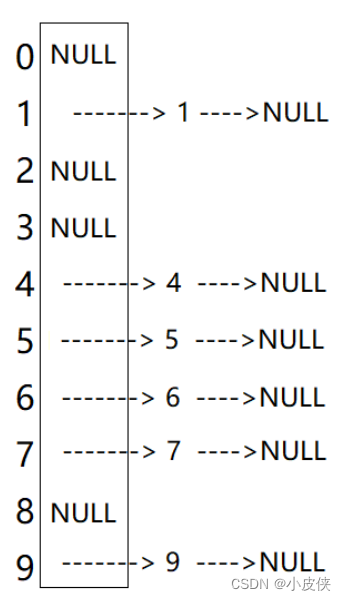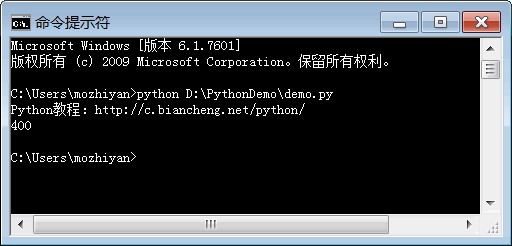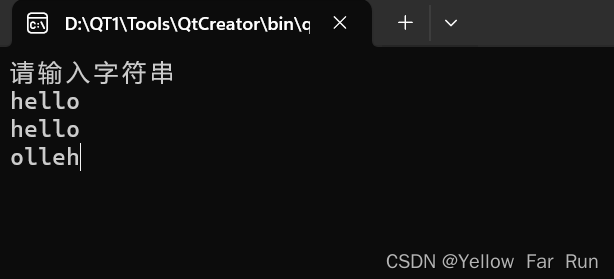😏★,°:.☆( ̄▽ ̄)/$:.°★ 😏
这篇文章主要介绍STL容器库。
学其所用,用其所学。——梁启超
欢迎来到我的博客,一起学习,共同进步。
喜欢的朋友可以关注一下,下次更新不迷路🥞
文章目录
- :smirk:1. STL容器库介绍
- :blush:2. 序列容器
- array静态连续数组
- vector动态连续数组
- deque双端队列
- forward_list单向链表
- list双向链表
- :satisfied:3. 关联容器
- set集合
- map键值对集合
- :satisfied:4. 容器适配器
- stack栈
- queue队列
- priority_queue优先队列
😏1. STL容器库介绍
STL 容器库是 STL 的一个重要组成部分,提供了多种数据结构,包括序列容器、关联容器和容器适配器等,用于存储和管理数据。容器管理着为其元素分配的存储空间,并提供成员函数来直接访问或通过迭代器(具有类似于指针的属性的对象)访问它们。
😊2. 序列容器
array静态连续数组
#include <iostream>
#include <array>
using namespace std;
int main() {
// 静态连续数组
array<int, 5> a = {1, 2, 3, 4, 5};
cout << a[0] << endl;
cout << a.at(1) << endl; // error:at(20)
// 初始化数组
array<int, 10> a1;
a1.fill(10);
for (auto &n : a1)
{
cout << n << endl;
}
// 使用迭代器遍历
array<int, 10>::iterator it = a1.begin(); // auto it
for (; it != a1.end(); it++)
{
cout << *it << endl;
}
// array也可创建自定义数据类型
return 0;
}
vector动态连续数组
#include <iostream>
#include <vector>
using namespace std;
int main() {
vector<int> vec(3, 100);
vec.reserve(6); // 预留5个位置
vec.push_back(10);
cout << (uintptr_t)vec.data() << endl;
vec.push_back(110); // insert
cout << (uintptr_t)vec.data() << endl;
vec.emplace_back(120); // emplace原位构造,复杂数据
cout << (uintptr_t)vec.data() << endl;
cout << vec.size() << endl;
cout << vec.capacity() << endl;
for (auto &n : vec)
{
cout << n << "\t";
}
return 0;
}
deque双端队列
在队列两端都可以进行操作,也可以进行随机下标访问。其操作基本上与std::vector一样,比std::vector多了在头部进行插入和移除的操作。
一般来说,std::vector用在需要频繁进行随机下标访问的场景,如果需要频繁在头部和尾部进行插入和删除操作,则用std::deque。
forward_list单向链表
单向链表迭代器只能做自增,不能与数字相加减,也不能两个迭代器相减。
#include <iostream>
#include <forward_list>
using namespace std;
// 一个元素返回true时移除对应元素
bool pre(const int &val)
{
return val > 3; // 移除大于3的元素
}
int main() {
forward_list<int> fls = {5, 6, 2, 3, 1};
forward_list<int> fls2 = {0, 4, 17, 12, 15,18};
// 升序排序/降序排序
fls.sort(); // fls.reverse();
fls2.sort();
// 移除元素
fls.remove(3);
fls.remove_if(pre);
// 也可以用lambda表达式
fls.remove_if([](const int &val) { return val > 3; });
// 合并
fls2.merge(fls);
for (auto &v : fls2)
{
cout << v << "\t\t";
}
return 0;
}
list双向链表
😆3. 关联容器
set集合
map键值对集合
😆4. 容器适配器
stack栈
后进先出数据结构。
#include <iostream>
#include <stack>
#include <string>
using namespace std;
int main()
{
stack<string> str_stack;
// 入栈, 如果是复合数据结构,用emplace就地构造代替push入栈
str_stack.push("H");
str_stack.push("e");
str_stack.push("l");
str_stack.push("lo");
// 出栈
while(!str_stack.empty())
{
string str = str_stack.top(); // 先用top获取到栈顶元素
str_stack.pop(); // 弹出栈顶元素
cout << str << "--已出栈,感觉良好。栈里还有" << str_stack.size() << "个元素" << endl;
}
return 0;
}
queue队列
先进先出数据结构。
#include <iostream>
#include <queue>
using namespace std;
int main()
{
queue<const char *> q;
// 入队,如果是复合数据类型,用emplace就地构造代替push入队
q.push("he");
q.push("ll");
q.push("o");
// 出队
while (!q.empty())
{
const char *name = q.front(); // 先获取队首元素
q.pop(); // 将队首元素出队
cout << name << "已出队,感觉良好。队里还有" << q.size() << "个元素" << endl;
}
return 0;
}
priority_queue优先队列
可以根据优先级的高低确定出队顺序的数据结构。如果是复合数据类型,需要提供比较函数或者重载<运算符。
#include <iostream>
#include <queue>
int main() {
// 创建一个最大堆优先队列,存储 int 类型的元素
std::priority_queue<int> maxHeap;
// 添加元素到优先队列中
maxHeap.push(3);
maxHeap.push(5);
maxHeap.push(1);
maxHeap.push(7);
maxHeap.push(2);
// 打印优先队列中的元素(不会按顺序打印)
std::cout << "Elements in priority queue:" << std::endl;
while (!maxHeap.empty()) {
std::cout << maxHeap.top() << " ";
maxHeap.pop(); // 弹出队首元素
}
std::cout << std::endl;
return 0;
}

以上。

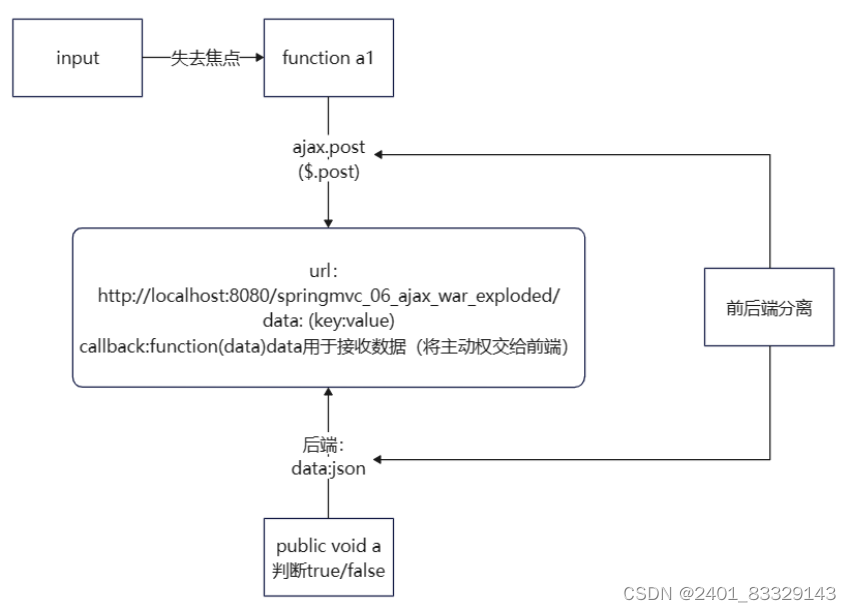
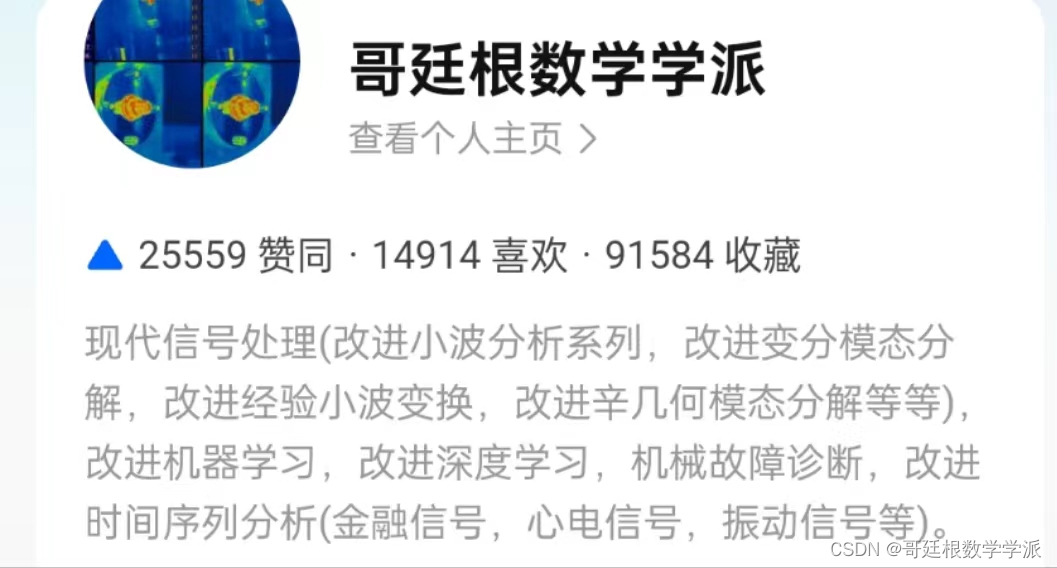

![[2023] 14届](https://img-blog.csdnimg.cn/direct/2fa4b80d974845d992282680c044abca.png)
